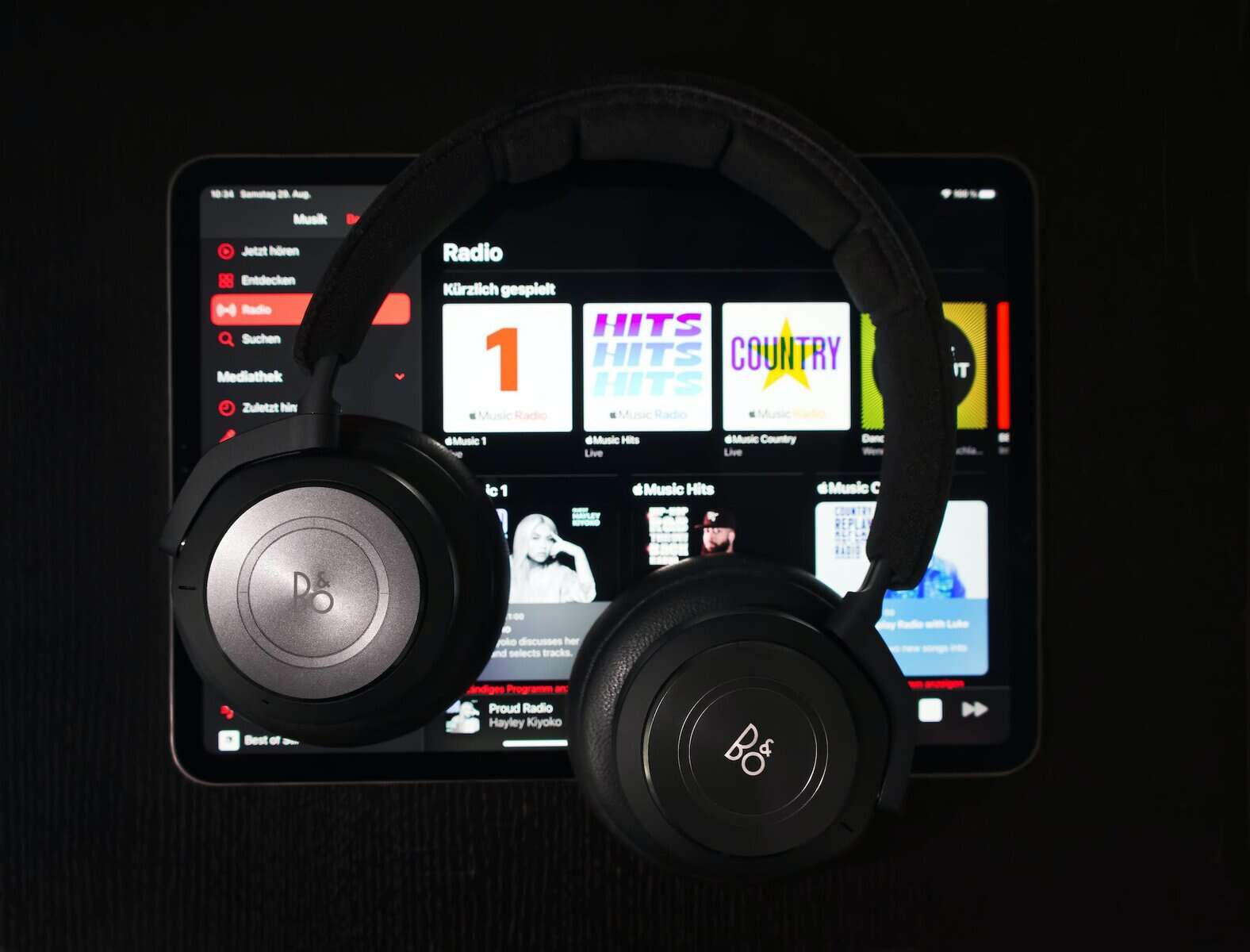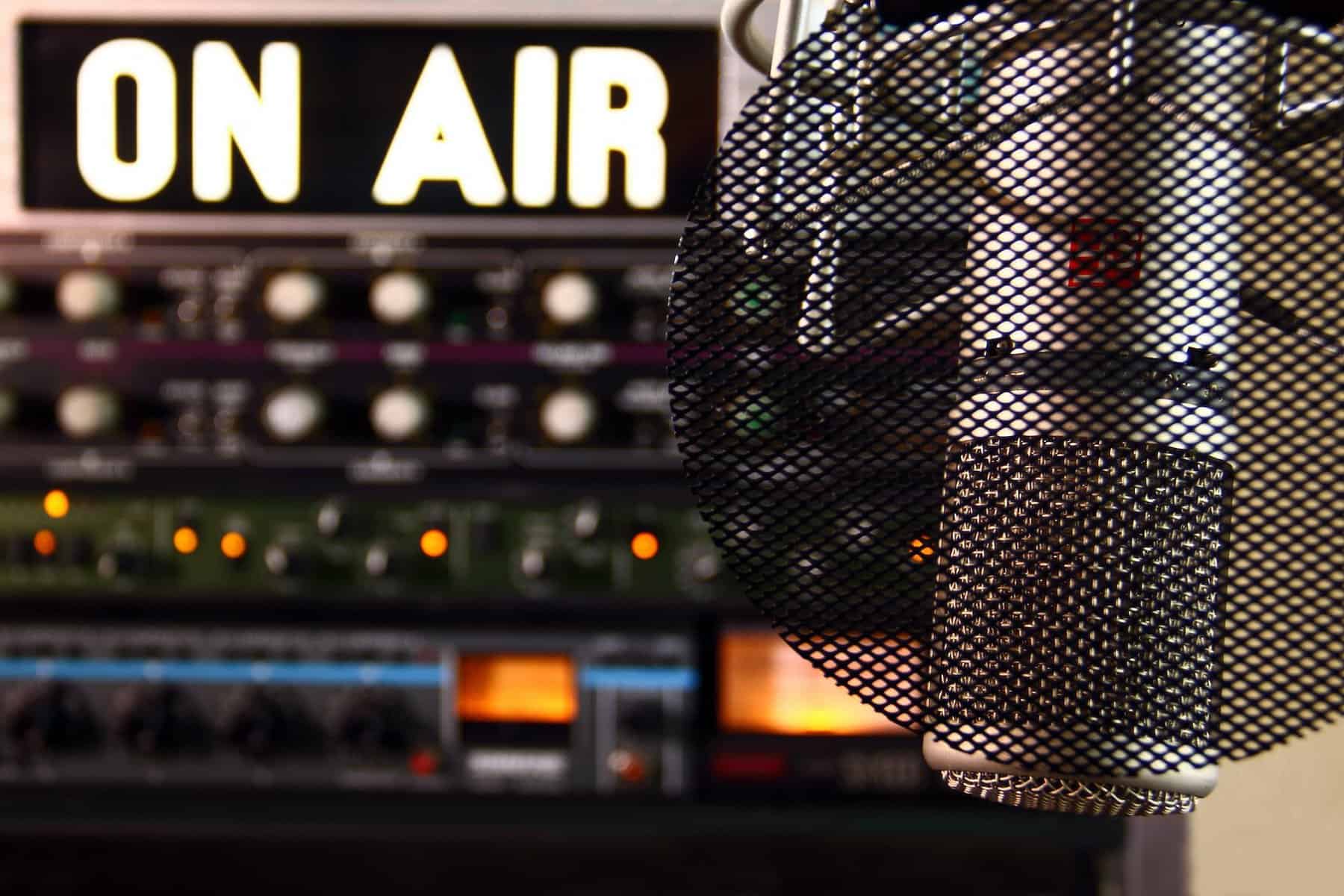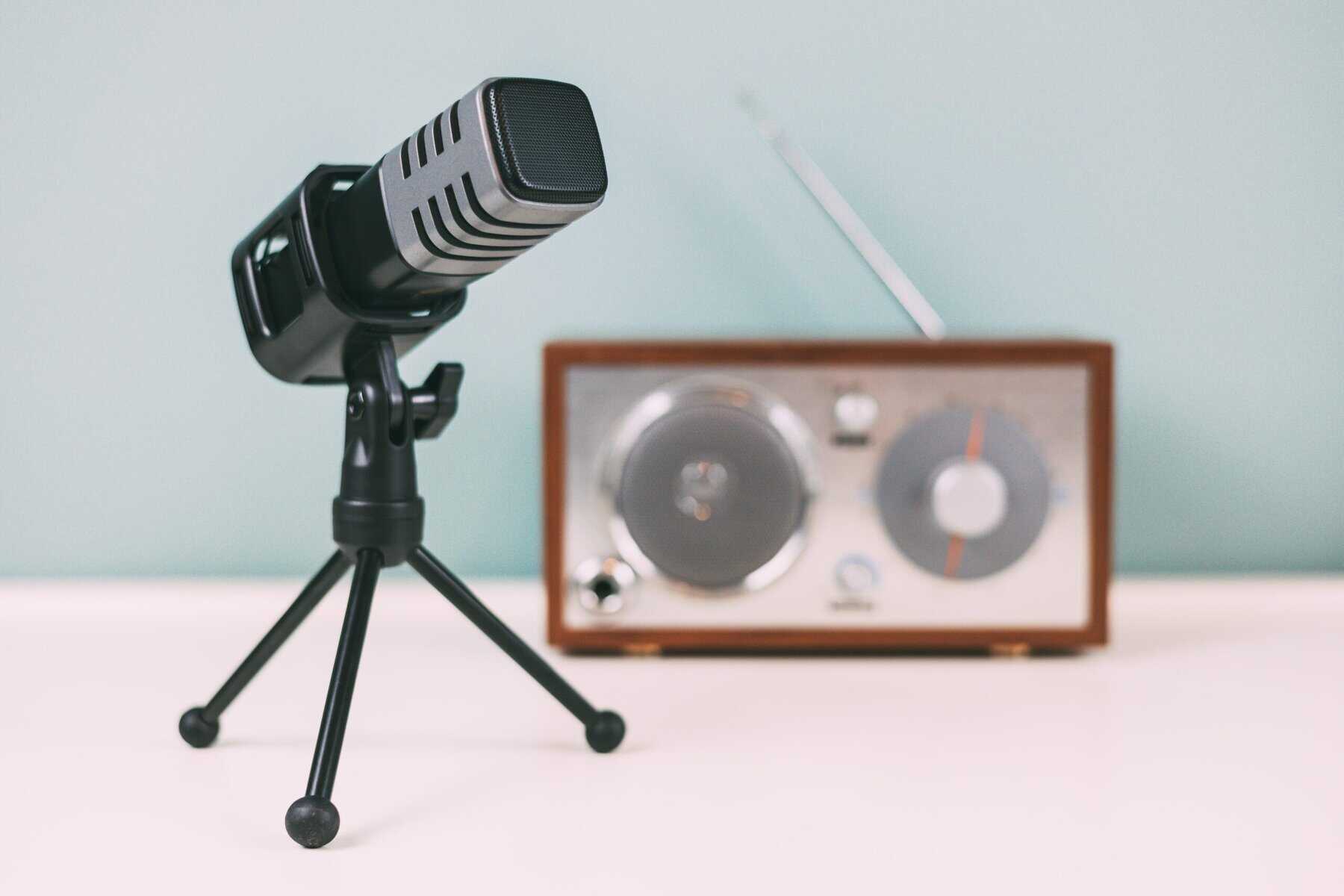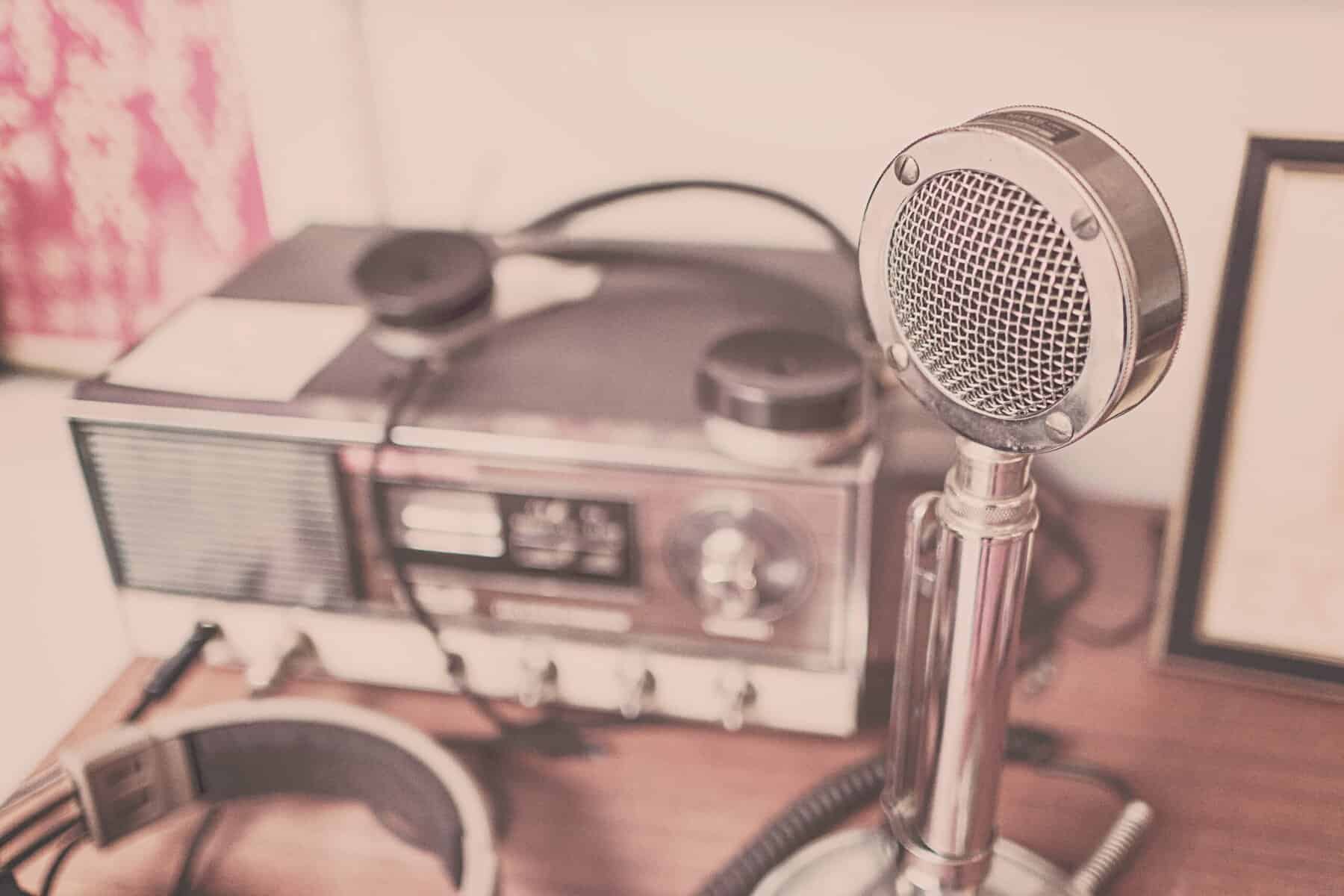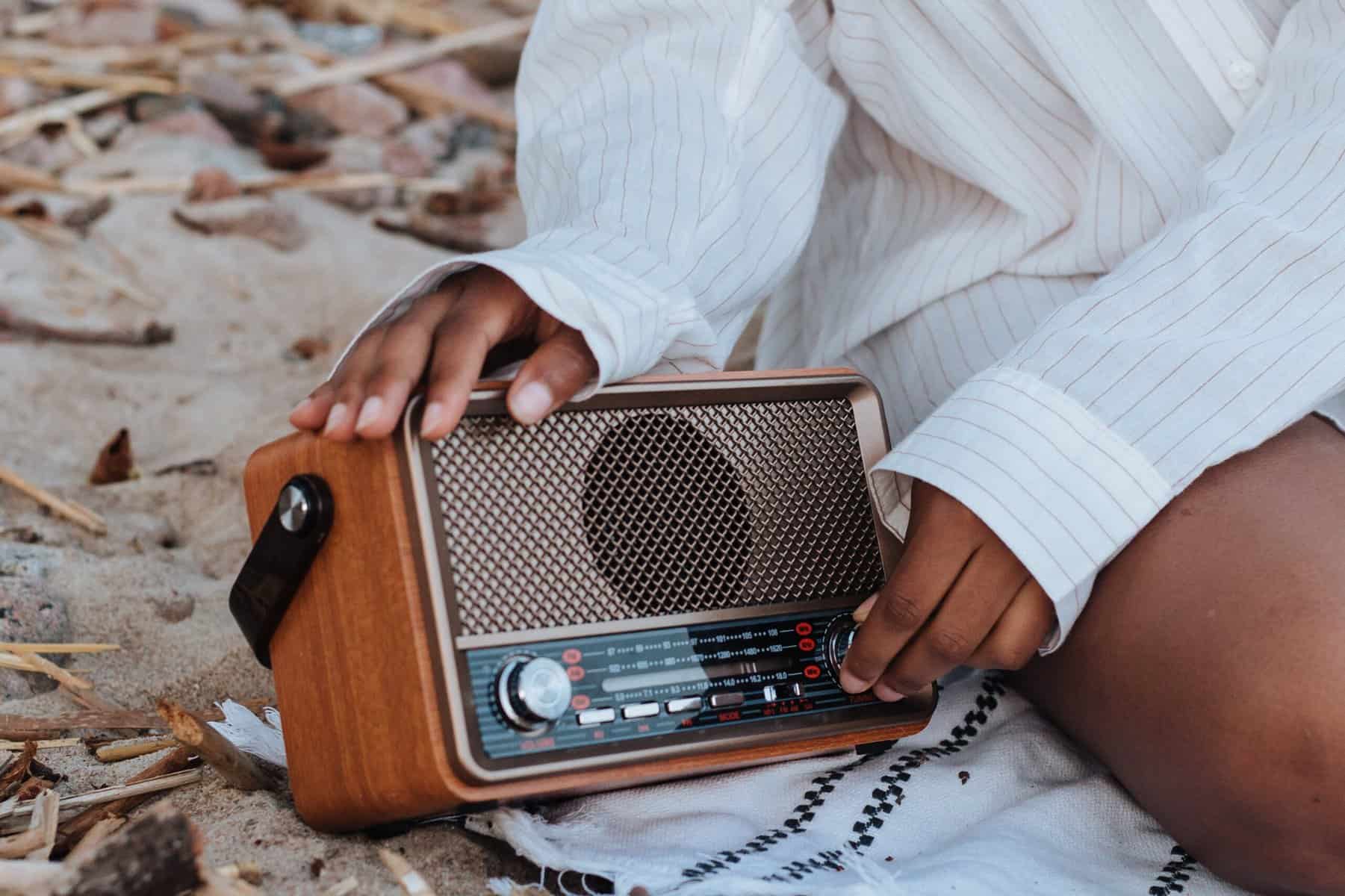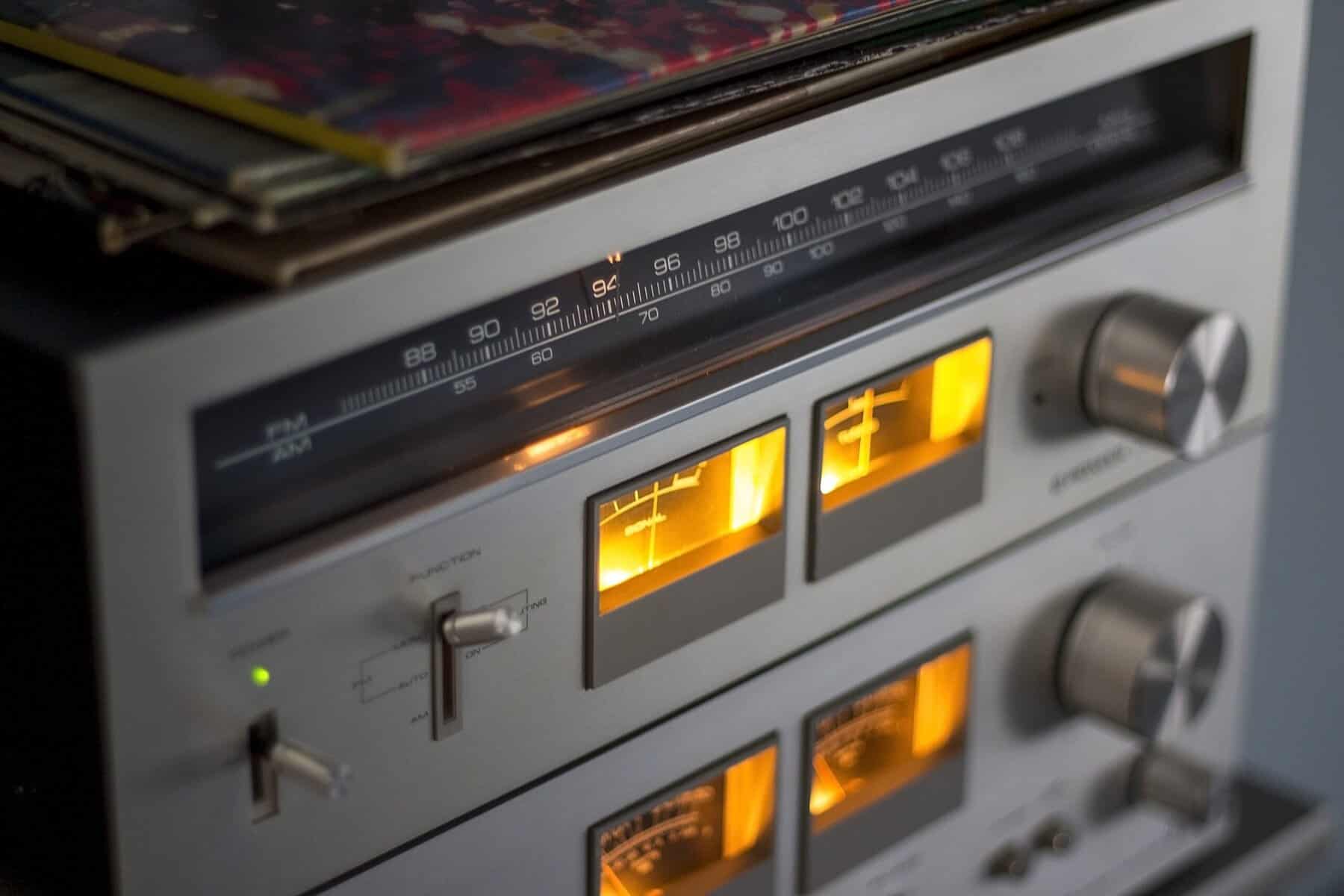In today’s competitive business landscape, creating a strong brand identity is crucial to standing out and leaving a lasting impression on consumers. While visual branding has typically been the focus of many businesses, audio branding – using distinct sounds, voices, and melodies to create a recognizable audio identity – is becoming increasingly important.
Radio jingles are an essential component of audio branding, offering businesses the opportunity to craft a unique and memorable sonic signature that captivates audiences and reinforces brand recognition. As specialists in jingle production and radio advertising, Killerspots Agency understands the power of audio branding and can help businesses leverage this untapped potential for marketing success.
In this article, we’ll explore the concept of audio branding, discuss the role of jingles in this process, and provide insights on how to effectively harness the power of sound for brand enhancement.
Effective audio branding involves creating a cohesive and consistent audio identity that represents and reflects your brand’s essence across various touchpoints. Radio jingles are an excellent tool to achieve this goal, as they use music, lyrics, and sound effects to create a unique and easily recognizable soundscape that listeners can associate with your brand.
By carefully crafting jingles aligned with your brand identity and incorporating them into your radio commercials, you can create lasting connections with your target audience and enhance your overall marketing efforts.
Understanding Audio Branding and Its Benefits
Audio branding refers to the strategic use of music, sound effects, and voiceovers to create a distinct and consistent auditory identity for a brand. By cultivating a recognizable audio brand, businesses can enjoy numerous benefits:
- Increased Brand Awareness: A consistent and memorable audio identity contributes to heightened brand awareness, making it easier for consumers to recognize and recall your brand.
- Emotional Connection: Audio stimuli, such as music, can evoke strong emotions and create positive associations with your brand, forging lasting connections between your business and your target audience.
- Consistency Across Channels: A cohesive audio brand ensures a unified message across various platforms, from radio commercials to digital advertising, providing a seamless and familiar experience for your audience.
- Competitive Advantage: An outstanding audio brand can help distinguish your business from competitors and position your brand as an industry leader in the minds of consumers.
Creating an Effective Radio Jingle for Audio Branding
Crafting the perfect radio jingle is crucial for building a powerful audio brand. Here are some tips for developing an effective jingle that leaves a lasting impression on your listeners:
- Align with Brand Identity: The jingle’s style, tone, and message should accurately represent your brand identity, ensuring consistency and an authentic listening experience.
- Consider Your Target Audience: The jingle should resonate with your target demographic, taking into account preferences for musical genres, language, and cultural nuances.
- Strive for Memorability: A catchy melody, engaging lyrics, and just the right length contribute to creating a jingle that is memorable and easy for listeners to recall.
- Collaborate with Professionals: Partnering with experienced jingle producers, such as Killerspots Agency, can ensure that your radio jingle delivers the desired impact and meets the highest industry standards.
Integrating Jingles into Your Marketing Strategy
Once you have an expertly crafted radio jingle in place, it’s essential to incorporate it strategically into your broader marketing efforts:
- Consistency Across Channels: Use your jingle in radio commercials, podcasts, video ads, and even as a hold music for customer service calls to reinforce your audio brand and create a unified experience.
- Synergy with Visual Elements: When using your jingle in video commercials or on your website, ensure a seamless integration with the visual elements of your brand.
- Monitor Listener Feedback: Gauge the response of your audience to your jingle after its release, and make necessary adjustments based on their feedback to enhance its effectiveness.
- Evaluate ROI: Track key performance indicators (KPIs), such as brand recall, website traffic, and sales, to measure the success of your audio branding efforts and optimize your marketing strategy.
Case Studies: Successful Audio Branding Through Jingles
Numerous renowned brands have achieved significant success using radio jingles as an integral part of their audio branding strategy:
- Nationwide: Nationwide’s jingle, “Nationwide is on your side,” has become synonymous with the brand, providing a feeling of security and familiarity for millions of consumers across the United States.
- McDonald’s: The iconic “I’m Lovin’ It” jingle has successfully helped McDonald’s solidify its audio brand, evoking feelings of joy and satisfaction amongst its global audience.
- Intel: Though not a jingle in the traditional sense, Intel’s distinct sound logo has become one of the most recognized audio brands in the world, reinforcing the company’s image as a technology leader.
These case studies demonstrate the power of radio jingles in building a strong audio brand and driving marketing success.
Conclusion
The importance of audio branding in building a successful marketing strategy cannot be overstated. By skillfully crafting and incorporating a memorable radio jingle into your marketing efforts, you can successfully leverage the power of sound to enhance your brand recognition and foster a lasting emotional connection with your audience.
Looking to establish a strong audio brand and make a lasting impression with your audience? Look no further than Killerspots Agency! Our team of experts specializes in creating custom radio jingles that capture your brand’s essence and resonate with your target audience. We understand the power of audio branding and will work with you to create jingles that are memorable, catchy, and effective. Choose Killerspots Agency and let us help you leverage the power of audio branding with custom radio jingles.


